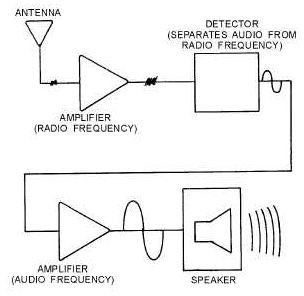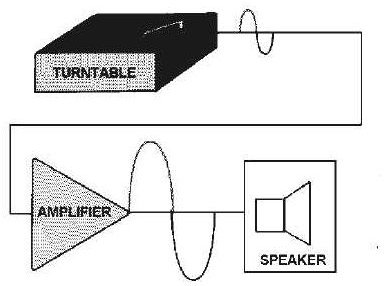How Amplification Works - General Overview of an Amplifier
Introduction
Before getting on to know how amplification works, it would be interesting to note as to what is an amplifier and why exactly it needs to be used in basically all types of electronic circuits.
Amplifier is a device that is used to provide an increase in the amplitude of a signal. Increasing the amplitude means to increase the size of the signal. The signal can be D.C or A.C and the amplitude of a current means the amount of voltage or current. Thus amplifiers provide amplification of A.C or D.C current to drive the desired equipment.
I would like to add a small note there that many of you might think that something similar is being achieved by using a transformer, but let me tell you that there is a lot of difference between an amplifier and a transformer. I will post an article on this topic soon, keep a lookout for it.
Understanding the Concept
Before getting deep into the technology of amplifiers, it is important to know the concept behind the amplifier, amplitude and amplification process. To understand this, let’s take a similar example that includes the use of a magnifying glass. A magnifying glass magnifies or increases the magnitude of a signal. This means that it increases the size of the image that is viewed. However, it is to note that the original object is not changed. Thus, in the same way an amplifier amplifies the signal but doesn’t make any changes to the original signal. There is no change in the input signal but only the output signal is magnified. Also, the output signal will have the same characteristics of the input signal but will be larger than the input signal in terms of voltage, current and power.
To say the same thing in laymans language, suppose I say “hello” to you in a very soft tone and you are not able to hear it or answer my greetings; that is of no practical use. I would need to say “HELLO” loudly for you to be able to understand my greetings. So basically only the size (or volume in this case) changed, whilst the words (or signal form) remains the same.
Uses of Amplifier
An amplifier is used by various electronic devices to provide different amounts of amplification to its signals. Amplification of signals is needed because most of the signals are too small to run or drive the desired device.
Let’s take an example of a music system that uses an amplifier. An amplifier is used because the signals from the record or the c.d. are too small to drive the speakers. Thus, amplification of these signals allows the speakers to run. However, amplification is not a simple process. A single signal from the record goes through several stages in between the speaker and the record to get the right amount of amplification. Each time a signal is amplified it goes through a “stage” of amplification. There are many such stages in the whole process.
Another example of a device using amplifier is a radio receiver. In the radio receiver system, the signal picked up by the antenna is too small to be used by the radio. Thus, the amplifier in the system amplifies the signals before it is send to the detector. The detector separates the audio signals from the frequency and sends it to the radio speakers.
Thus almost all the electronic devices contain at least one step of amplification process. However, there are different types of amplifiers used according to the type, size and capacity of the device.
Having gone through the elementary basics of amplification, we will surely go into the technical nitty-gritty in the future articles.

Image Credits
Integrated Publishing, Florida
